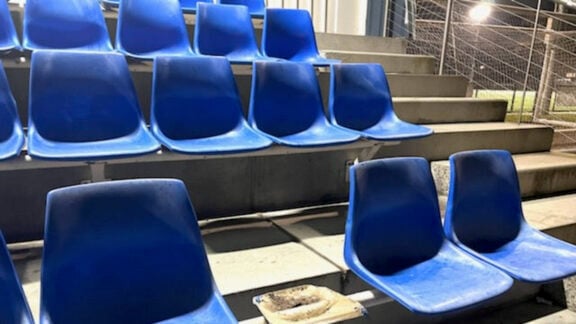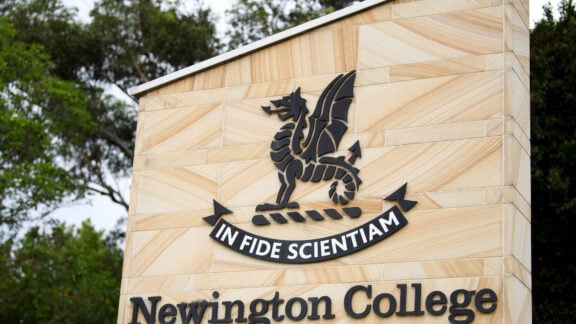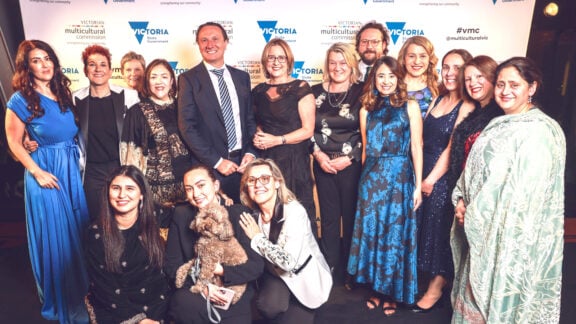In a significant ruling, a NSW court has paved the way for countless businesses to seek rightful compensation due to the prolonged disruptions caused by the construction of the state government’s Sydney light rail line.
This landmark decision opens new possibilities for businesses adversely affected by the project to claim the restitution they deserve, stated the NSW Supreme Court, as reported in the Sydney Morning Herald. Two small businesses, leading a class action lawsuit against the state’s transport agency, argued that the multibillion-dollar project caused “unreasonable” interference, culminating in significant disruptions to their operations.
The construction of the 12-kilometre tram line, connecting Circular Quay in Sydney’s CBD with Randwick and Kingsford in the eastern suburbs, commenced in 2015. However, the final stage of the $3 billion project faced numerous setbacks, including cost blowouts, delays, and legal battles, leading to its eventual opening a year behind schedule in 2020.
Justice Richard Cavanagh on Wednesday found Transport for NSW was liable for financial losses to the businesses as the harm caused by the project delays was “foreseeable and, indeed, predictable”.
“The defendant may have been exposed to additional costs, but the persons who ended up bearing the costs of the prolonged construction activity … were some of the business owners along the light rail route.
“They had been promised minimal destruction and a staged process of construction, which would have seen them exposed to the construction activities for months, rather than years,” Cavanagh said as reported in the SMH.
Angela Vithoulkas, who closed her long-standing George Street Cafe Vivo in 2018 after years of disruption caused by light rail construction, described the ruling as “bittersweet”.
“We lost our business. Whatever answer came down today was never going to change that.”
Vithoulkas, a former City of Sydney councillor, acknowledged the government could appeal the decision in the “landmark” case, but said business owners deserved justice.
“I’m so happy there will be, most likely, hundreds if not thousands, of small businesses that will be able to have compensation because of what was inflicted on them,” she said.
“I can only hope that this is a lesson that the state government will listen to, and never let this happen to any other small business owner ever again.”
Hunt Leather, a luxury handbag store in the Strand Arcade, and restaurant operator Ancio, which ran eateries on Anzac Parade in Kingsford, were among hundreds of business owners who argued they suffered financial loss or damages due to the disturbance caused by construction noise, dust, vibrations, heavy machinery, and hoardings.
Hunt Leather chief executive Sophie Hunt said the decision was a “huge relief” after years of “trauma” caused by construction on the tram line, and the “gruelling roundabout” of the five-year court battle.
“It’s just been a really, really, long road. The government has itself to answer to, and the taxpayers,” Hunt said.
Lawyers for Transport for NSW had denied claims the work had caused a “nuisance” to businesses.
They argued any interference was neither substantial nor unreasonable, and they could not be liable because noise, dust and construction work were inevitable consequences of the construction project.
But Cavanagh said on Wednesday that the lead plaintiffs had succeeded in their claim that building work on the project had caused the businesses “substantial and unreasonable interference”.
“Despite the public benefit in development of the Sydney light rail, and despite the fact the use of the land might have been reasonable for a period … there came a point in time when it became unreasonable,” he said.
However, Cavanagh identified a “significant problem in applying my findings about substantial and unreasonable interference to all members of the class [action]” as any causes of loss they suffered would vary.
“There may be substantial differences between the impact that the construction of the light rail had on landowners and business owners at certain points along the route compared with others.”
Cavanagh said a further hearing in October would be required to finalise damages for the lead plaintiffs, and to determine the next steps for resolving further claims.
“Going forward, there will need to be a process or mechanism developed for the determination of both entitlement and loss. My preliminary view is that referees … should be appointed to determine outcomes based on guidelines and parameters,” Cavanagh said.
Transport for NSW acknowledged the outcome of the case and was considering the judgment.









